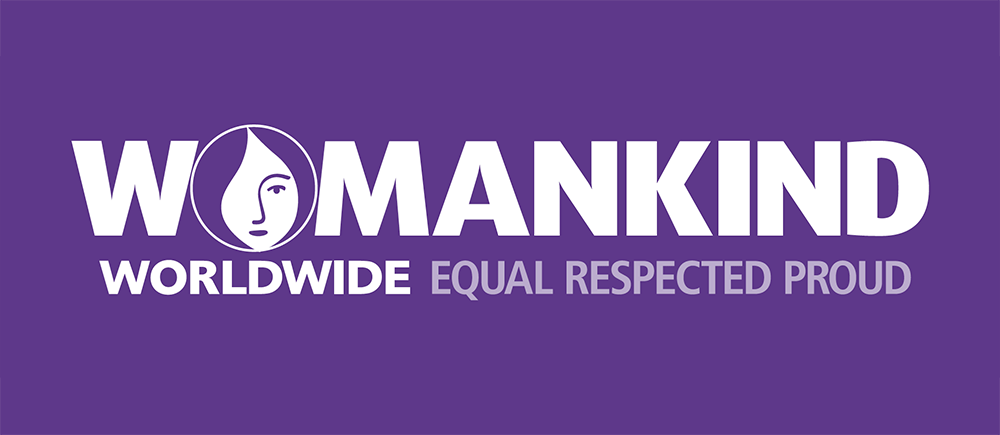Women’s Rights Movement
Movement Breakdown
In the mid-1800s, the women's rights movement began gaining momentum, culminating in the 1848 Seneca Falls Convention, the US's first women's rights convention. The movement saw a significant victory with ratifying the 19th Amendment in 1920, granting women the right to vote, a pivotal moment in the fight for gender equality.
From the 19th century with pioneers like Susan B. Anthony and Elizabeth Cady Stanton to the 20th-century activism of Betty Friedan, the women's rights movement has been propelled by influential figures. Organizations such as the National Woman Suffrage Association and the National Organization for Women have been crucial in advocating equality. In the 21st century, movements like Me Too, founded by Tarana Burke, continue to address systemic issues, showcasing the enduring spirit of the struggle for women's rights.
Despite significant progress, women continued to face systemic inequality in various spheres, including the workplace, politics, and society at large. Issues like wage disparity, reproductive rights, and gender-based discrimination remain prevalent, underscoring the ongoing struggle for full equality. Our collective effort is crucial in dismantling these barriers and paving the way for a world where gender no longer dictates one's opportunities and rights.
The movement also highlighted the intersectionality of women's rights, recognizing the diverse challenges women of different races, socioeconomic statuses, and backgrounds face. This period underscored the need for a more inclusive approach to feminism and gender equality. It also fostered a global solidarity among women, encouraging a collective struggle against systemic injustices to achieve true equality.
Communities Affected
Cisgender Women and Girls, especially women and girls of color
Transgender Women and Girls, especially trans women and girls of color
Major Issues Affecting Womxn
For Cisgender Women:
Wage Disparity and Economic Inequality: Despite progress, cisgender women often earn less than their male counterparts for the same work, contributing to broader economic disparities and financial insecurity.
Reproductive Rights and Health Care Access: Challenges in accessing comprehensive reproductive health care, including contraception and abortion services, remain significant. Legislative and societal barriers continue to restrict autonomy over reproductive choices.
Gender-Based Violence and Harassment: Sexual harassment, domestic violence, and other forms of gender-based violence disproportionately affect cisgender women, impacting their safety, health, and freedom.
Workplace Discrimination and Glass Ceiling: Cisgender women frequently encounter barriers to advancement in their careers, facing systemic discrimination that hinders their progression to leadership roles.
For Transgender Women:
Healthcare Access and Transphobia: Transgender women face substantial barriers in accessing gender-affirming health care and often experience transphobia in medical settings, impacting their physical and mental health.
Legal Recognition and Rights: Many transgender women struggle with obtaining legal recognition of their gender identity, affecting their access to various rights and services and exposing them to discrimination in public and private spaces.
Safety and Hate Crimes: Transgender women, particularly those of color, are disproportionately victims of hate crimes and violence, fueled by stigma, discrimination, and lack of legal protection.
Economic Insecurity and Employment Discrimination: Transgender women face higher rates of unemployment and poverty due to widespread discrimination in the workplace and hiring practices, limiting their economic opportunities and stability.
Affecting Both Cisgender and Transgender Women:
Political Representation and Voice: Both cisgender and transgender women are underrepresented in political and decision-making spaces, limiting their influence on policies and laws that affect their lives and rights.
Intersectionality and Inclusive Feminism: The need for a more inclusive feminist movement that addresses the diverse challenges faced by women of all backgrounds, including race, socioeconomic status, and gender identity, remains critical. Ensuring that feminism encompasses the voices and needs of all women is essential for achieving true equality.
Social Leaders of The Movement
Tarana Burke
Founder and Executive Director of Me Too Movement
Sheryl Sandberg
Philanthropist, COO of Facebook and the Founder of LeanIn.Org
Cecile Richards
Former President of Planned Parenthood Federation of America
Political Leaders of The Movement
Economic Leaders of The Movement
Melinda Gates
Philanthropist, and Cofounder of Bill & Melinda Gates Foundation
Elizabeth Warren
US Senator from Massachusetts; she has proposed and supported legislation aimed at closing the gender pay gap, protecting reproductive rights, and ensuring women's economic security.
Nancy Pelosi
First Woman to serve as Speaker of the House
Kamala Harris
Vice President of the United States
MacKenzie Scott
Philanthropist and American novelist
Gloria Steinem
Femisinsit Leader, and Co-founder of both New York Magazine and Ms. Magazine
Community Organizations Involved
Forward Movements
Ratification of the 19th Amendment (1920): This amendment granted American women the right to vote, marking a pivotal moment in the struggle for gender equality and significantly altering the political landscape of the United States.
Title IX of the Education Amendments Act (1972): This legislation prohibits sex-based discrimination in any school or other education program that receives federal money. It has been instrumental in increasing opportunities for women in sports and education, leading to greater gender parity in these areas.
The Violence Against Women Act (1994): This act aimed to address domestic violence, dating violence, sexual assault, and stalking in the United States. It provided essential services and legal protections for women facing violence and abuse.
The #MeToo Movement (2017): This movement gained widespread attention and sparked a global conversation about sexual harassment and assault, particularly in the workplace. It led to increased awareness, policy changes, and a cultural shift regarding the treatment of women and their stories of abuse and harassment.
Setbacks
Defunding of Women's Health Organizations: Over the years, there have been numerous legislative and policy efforts at both state and federal levels aimed at defunding organizations that provide reproductive health services, including Planned Parenthood, impacting access to essential health care for women.
Rollback of Title IX Protections: Recent years have seen attempts to weaken Title IX protections, affecting policies around sexual harassment and assault in educational institutions and potentially limiting the rights and safety of women in these environments.
Restrictions on Reproductive Rights: Various states have enacted laws that severely restrict access to abortion and reproductive health services, posing significant challenges to women's autonomy over their bodies and reproductive choices.
Gender Pay Gap Persistence: Despite advancements, the gender pay gap remains a significant issue, with women, on average, earning less than men for comparable work. This enduring inequality reflects broader systemic issues that continue to disadvantage women economically.
Ways To Support
Support women-led initiatives and organizations by donating funds, providing skills or time as a volunteer, and sharing their work and campaigns on social media to broaden their reach.
Increase awareness of gender equality by educating yourself on feminist theory and intersectionality, participating in discussions, reading books by female authors, and utilizing online resources to inform yourself and others.
Get involved in advocacy for policy changes that promote gender equality by participating in grassroots campaigns, signing petitions, attending town hall meetings, and directly engaging with local and national lawmakers through letters, emails, and advocacy groups.
Mentor and empower young women and girls in your community through programs focused on leadership, education, and career development to help them reach their potential.
Challenge gender stereotypes and biases in your workplace and community by initiating conversations, leading workshops, and setting examples through inclusive behavior.
Celebrate women's achievements across all fields by recognizing and promoting their contributions to society, which often go unnoticed.
Support reproductive rights by advocating for access to comprehensive healthcare services for women and upholding their rights to make decisions about their own bodies.
Engage men and boys in the conversation about gender equality to foster allies within the movement and encourage them to challenge patriarchal norms and behaviors.
Learn More
Women’s Rights Movement | Britannica
Women’s Sufferage | History
A Century After Women Gained the Right To Vote, Majority of Americans See Work To Do on Gender Equality | Pew Research Center
Relevant Hashtags
#WomensRights #Feminism #EqualRights #GenderEquality #HeForShe #WomenEmpowerment
#MeToo #TimesUp #WomensMarch #ERA



































